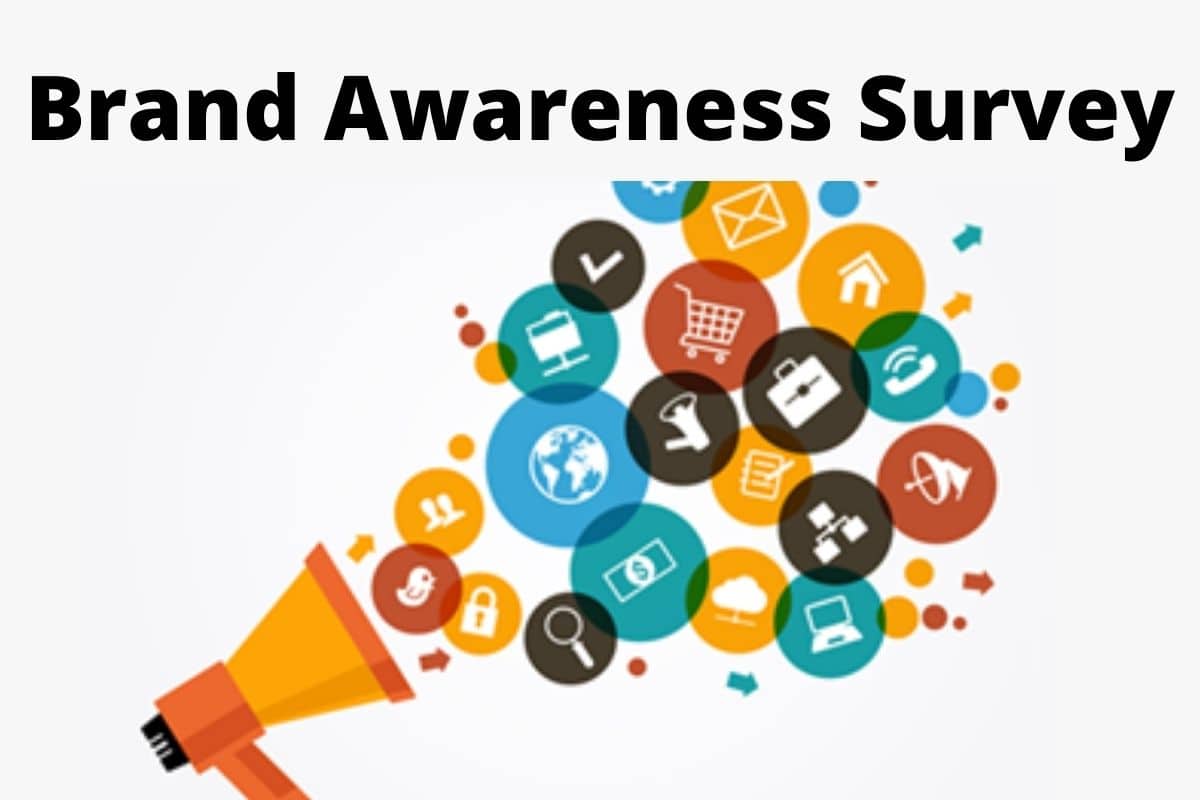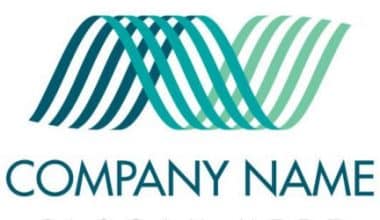What is the main source of your sales? Does anyone think that your website is not easy to use? How is your brand perceived in the market? Many entrepreneurs struggle with these and many other questions on a daily basis. They don’t just show how target groups perceive a brand. In this article, you will find out how to create a Brand Awareness Survey.
What is Brand Awareness?
Brand awareness is a marketing term that describes the degree of recognition of a product by the consumer based on its name. Building brand awareness is an important step in promoting a new product or revitalizing an old brand. Ideally, brand awareness can include the characteristics that distinguish the product from its competition.
How Brand Awareness Works
Products and services that have high levels of brand awareness are likely to generate more revenue. Consumers faced with choices are simply more likely to buy a brand name product than an unfamiliar one.
Look at the soda industry. Many non-alcoholic beverages that have been removed from the container cannot be distinguished. Industry giants Coca-Cola and Pepsi rely on brand awareness to make their brands what consumers are looking for. Over the years, these companies have implemented advertising and marketing strategies that have increased brand awareness among consumers and directly led to higher sales.
This increased brand awareness for the dominant brands in a category can serve as an economic moat that prevents competitors from gaining additional market share.
How to Measure Awareness in a Survey- Best Tips
To achieve maximum performance and make your brand awareness survey overall positive for customers. You have to be short, non-threatening and simple. Since 80 percent of customers drop out of the middle of a survey, you need to ensure that your survey is not unnecessarily long, engaging, and complex.
Here’s what you need to do to create a good brand survey.
#1: Open with your credentials
While it may seem pretty obvious at first, companies that want to get straight to the point often skip this step. Think of this as an introduction to your survey designed to build user trust.
Explain why you are asking and let them know how you will use their answers and personal information (if applicable).
The introduction covers the following:
- The name of the company conducting the survey or the name of the person it represents
- The main objective of the survey
- How long will this survey take?
- Relevant instructions
- Whether responses are tracked or confidential.
In this way, you will develop the viewer’s confidence and encourage them to answer their questions. Be sure to be honest and let them know everything the survey participants need to know in order to trust you.
#2: Categorize your questions
Each survey contains questions about different areas of knowledge. For example, if we use the previous example of a survey on the coffee drinking habits of millennials, we can distinguish the following categories of questions:
- Drinking habits
- Taste preferences
- Perceived benefits of drinking coffee.
Each of these categories contributes to the main purpose of the survey and contains several questions. To simplify data collection and further analysis, you can classify the questions in your surveys.
For example, you can include captions to identify specific groups of questions and let the respondent know what to answer.
Another way to categorize questions is to group them by importance. In this case, critically important questions are asked at the beginning, while information such as demographic data is asked last (unless, of course, your primary purpose is to collect demographic data).
#3: Discourage neutral responses
Neutral responses are vague and have little or no value to businesses. Therefore, it is your job to minimize them in your survey. There have been numerous attempts to define the role of the neutral option in polls.
For example, researcher Jeff Sauro described an earlier study by Presser and Schuman that found that between 10 and 20 percent of respondents chose the neutral option upon admission, compared to the same survey that excluded it.
This means that the option offered an easy way out for those respondents who were less inclined to express their true position on an issue.
In other words, a neutral option is not a good way to guarantee the reliability of the answers. To avoid having too many vague answers, minimize options like I don’t know and Neutral.
#4: Limit explanatory questions
They are often called “open questions” because they cannot be answered with a simple “yes” or “no.” In other words, the respondent has to write her answer, which many people don’t care about.
For example, many people take surveys on a mobile device. In fact, Pew Research found that 27 percent of respondents take surveys on their smartphones. Therefore, it may not be easy for them to enter explanatory answers.
Also, some people can get bored writing and walking (and we know very well how many respondents dropped out of half the surveys).
To reduce the chances that many will drop out of the survey just for writing too much, keep open-ended questions to a minimum. Instead, opt for the ones that can be answered with “yes” or “no.”
Plus, let professional writing tools like TrustMyPaper help make sure questions are easy to read and don’t require lengthy answers. For example, they can help you convert open-ended questions to multiple-choice questions or matrix questions.
#5: Provide contact information
If your survey tries to get feedback from respondents by asking questions like “How can we improve your experience with our brand?”, You will need to provide some contact information in case they want to suggest something directly.
Alternatively, as a Survicate user, you can also set automatic follow-up questions for all the answers you want to continue with.
Some respondents, especially if the survey is publicly available, may be looking for contact information for other reasons, such as: B. to find your website. So if you implement a survey on a third party platform, it will help them find it quickly.
#6: Test your survey before running it
Testing your survey is like reviewing an essay to avoid mistakes. So once you’ve established a purpose for your survey, written down all the questions, and defined how the responses are collected, don’t share them just yet. Instead, check the following:
- Time to complete: Is the actual time required to complete the survey the same as what you provided in the introduction?
- Mobile-friendliness: With so many people taking surveys on mobile devices such as smartphones and tablets, you need to preview yours on different platforms such as iOS and Android to ensure that respondents don’t discover avoidable design issues.
- Review of the copy: Mistakes like spelling and grammar make you look like an amateur and damage your reputation. Avoid them by reviewing your survey copy multiple times and reading it out loud to make mistakes easier to spot.
Benefits of creating a Brand Awareness Survey
Online surveys are a great way to reach and connect with your target audience. Through the use of surveys, brands can stay ahead of the market by providing access to consumer perceptions, tastes, needs, and issues.
Let’s summarize the benefits of the survey so that you can understand some of the key objectives that a brand awareness survey can achieve.
Reach your target audience
Wouldn’t you like to speak to your clients in person? They can share their experiences with your brand and give you answers on how to improve it. That is exactly what a brand survey aims to achieve.
When you survey your customers, you get direct information from your target group. Many of your clients are ready to give you the answers you need to improve your business. After all, a lot of people use review websites to describe their experience with brands.
Measure customer satisfaction
Are your customers satisfied with your products, services, and the overall brand experience? Are there any regular buyers? You can answer these questions by taking customer satisfaction surveys. They also determine how many customers are really satisfied with your brand experience.
Conclusion
Brand awareness surveys are a great way to gain valuable insight into how people view your brand and what might convince them to buy from you.
Follow these tips to help you write and structure your survey, and you can start gathering useful information right away.
We also recommend:
- How to gain customer loyalty. [8 easy ways + case study]
- product launch Strategy [10 best strategies with guide]
- Target Marketing: All you need to know
- Simple Business Plan Example [500+ With Free Guide]
- MARKETING CONCEPT FOR SMALL BUSINESS
- Go-to-market strategy: Definition and Best ways to build from scratch (+ detailed guide)
- PRODUCT MARKETING: Overview, Examples, Strategy, Job Description, Jobs (+ free courses)






